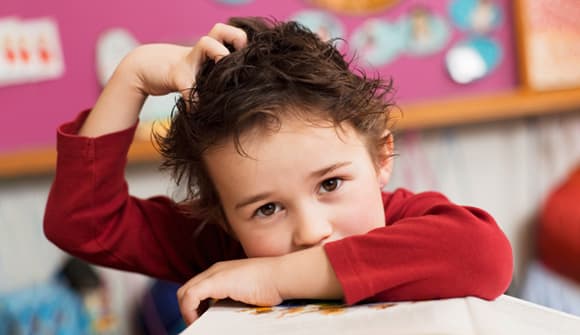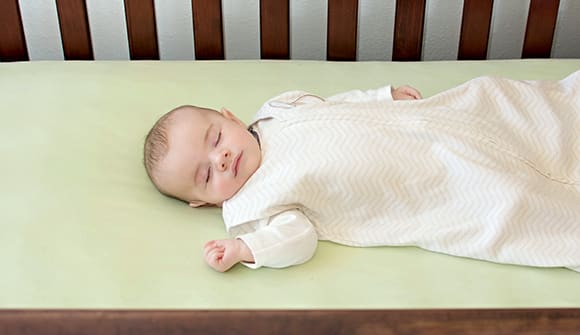Flip the switch on itch
New guidance for handling head lice in schools.
Article Date:

If your child has ever gone to a daycare or elementary school, odds are you’ve experienced some sort of classroom outbreak, whether it be the flu, COVID-19, a stomach bug or the dreaded head lice infestation (i.e., a parent’s worst nightmare).
In the past, kids with head lice were immediately sent home from school, and it fell on the parents or caregivers to get children lice-free before they could return to class. However, that could soon change.
School lice guidelines
New recommendations from the American Academy of Pediatrics (AAP) were recently released stating students shouldn’t be forced to stay home if they have head lice. According to the report, while head lice may cause discomfort, it doesn't spread disease and isn't a sign of poor hygiene. The AAP states that in-school screening programs haven’t been shown to reduce cases of head lice in students.
Instead, there's a push for schools to offer educational programs for families and caregivers to help increase awareness and management.
The first major change is students found to have head lice don't need to be sent home immediately. Instead, they can go home at the end of the school day and return to class after appropriate treatment has begun, according to the Centers for Disease Control and Prevention.
Though these are new recommendations, it’s important to check your child’s school policy as it may remain unchanged or vary from school to school.
“A child doesn’t need to be sent home from school early if lice are discovered,” said Randolph “Randy” Thornton, MD, a pediatrician with Jacksonville Pediatrics and Wolfson Children’s Hospital. “The child should be allowed to finish the school day and return the next morning after being treated, and even if nits [eggs] are seen the next day, that child is still considered treated and should remain in school.”
Once a week, take a peek
In the new guidelines, the AAP encourages schools to promote education among staff and parents on hygiene, recognition and treatment of the condition.
“The parent or teacher may notice live lice crawling around or eggs attached to the hair shaft,” said Dr. Thornton. “In addition to being very close to the scalp, live nits are usually darker in color and the older, dead nits are white.”
Buggin' out
Head lice is most common among children who attend daycare, preschool or elementary school, and the household members of kids who’ve been infected. Outbreaks are hard to prevent, especially in classrooms or daycare centers, because children come in head-to-head contact with one another frequently. The parasitic insect can be found on peoples’ heads, eyebrows and eyelashes.
They’re spread through direct contact and crawl but can’t jump or fly. For this reason, it’s important to teach kids not to share personal items like combs, brushes, hats, towels and pillows.
“Any human with hair is at risk, especially those with longer hair,” said Dr. Thornton. “The hair can be clean or dirty and social status has no bearing on whether a child will get head lice.”
Advice on head lice
Additionally, the report highlights how sending kids home “may stigmatize children suspected of having head lice.” This could be psychologically harmful to the child and result in him or her being ostracized from their schools, friends and other social scenes.
It’s important for parents and caregivers to make sure their child understands that while dealing with head lice is uncomfortable, it’s nothing for them to be ashamed of or feel guilty about. Emphasize that it’s not a health hazard or a sign of poor hygiene.
“There are a number of treatments available either over the counter or by prescription,” said Dr. Thornton. “It’s best to discuss these options with a child’s pediatrician.”
By knowing how head lice are transmitted, identified and treated, you can help control and prevent them. If you have questions, you can discuss them with your pediatrician. To find one near you, request an appointment online or call 904.202.4YOU (4968).
Sources: American Academy of Pediatrics, Centers for Disease Control and Prevention



